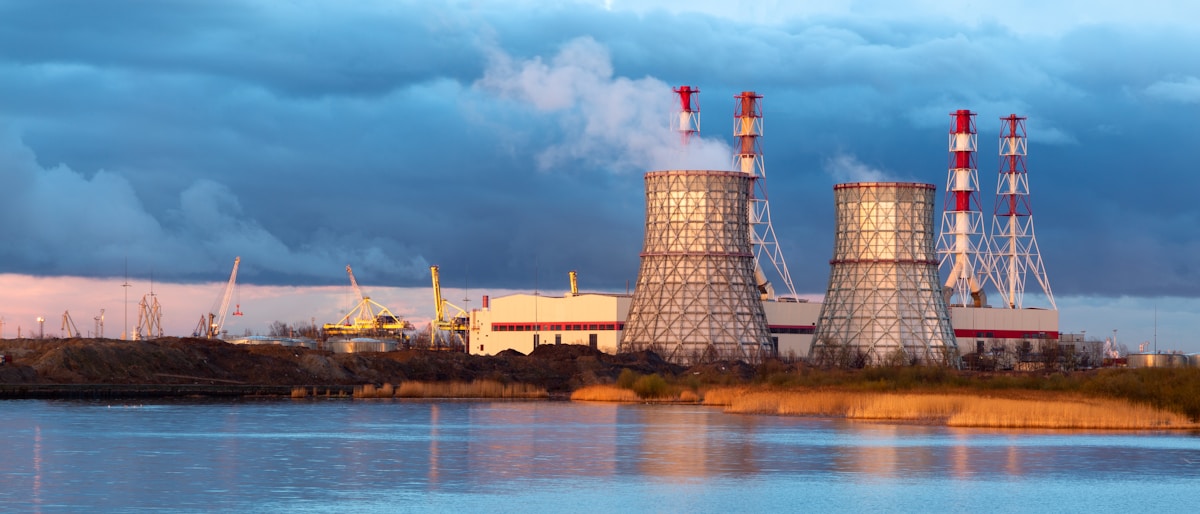·
What are fossil fuels?
In the content of I/GCSE Chemistry,
- The sun passed solar energy to the plants, and plants were eaten by animals.
- When the plants and animals died and started decaying, some of them got buried deep under the ground for many million years, where they turned into fossil fuels like coal, gas and crude oil.
How do we extract crude oil?
We extract crude oil, by using Fractional Distillation.
Crude oil can be used to produce
- Diesel
- Plastics
- Paint
- Medicine
- Cosmetics

What is fractional distillation?
- Fractional distillation is the separation of a mixture into its component parts, or fractions, such as in separating chemical compounds by their boiling point by heating them to a temperature at which several fractions of the compound will evaporate.
- It is a special type of distillation.

Fractional Distillation of Crude Oil
- In order to separate the different length chains in the crude mix, it is heated to a very high temperature.
- The temperature is set so that all those fractions with a Carbon chain length of 20 and below are evaporated from the crude mix.
- The temperature cannot be set higher than this as there is a risk that the lighter fractions will ignite.
- The remaining liquid, which is composed of only the heavier fractions, passes to a second location where it is heated to a similar temperature, but at lower pressure.
- This has the effect of making the heavy Hydrocarbon fractions more likely to evaporate
What are the different fractions?
In the content of I/GCSE Chemistry,
- These different length chains are called fractions. The smaller the chain the easier it evaporates.
- Effect of intermolecular forces on melting and boiling points of molecular covalent substances
- Since melting or boiling result from a progressive weakening of the attractive forces between the covalent molecules, the stronger the intermolecular force is, the more energy is required to melt the solid or boil the liquid.
Written by Bryant Wong (Chemistry)

